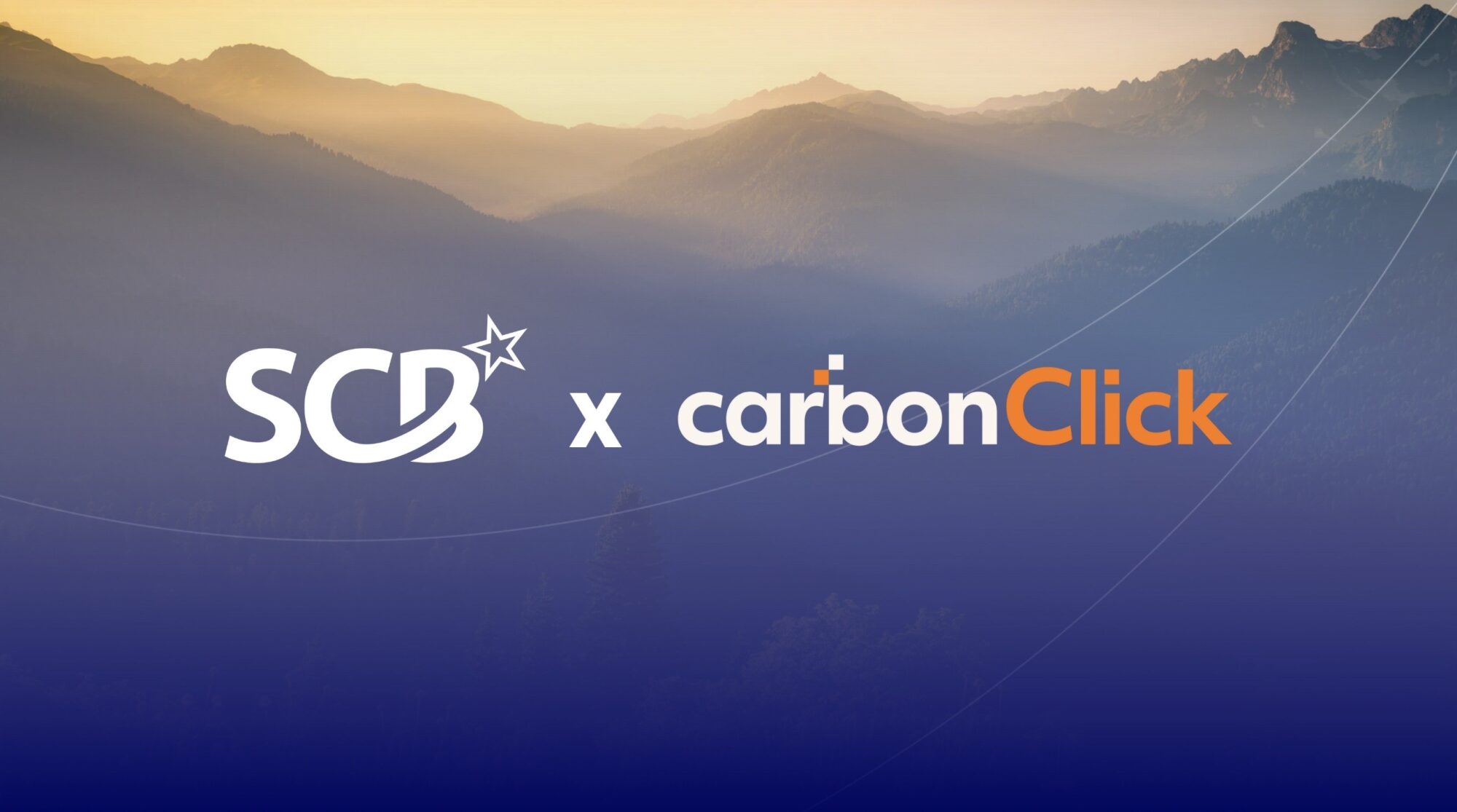Over the last year carbon trading has moved into the mainstream of investing. This has been driven by two key events: COP 26 and an acceleration in the number of market participants.
COP 26 saw clarification of an international governance framework for deploying environmentally effective and transparent carbon markets. This was achieved by clarifying Article 6 of the 2015 Paris agreement.
At the same time the greater number of market participants has increased pricing transparency and reduced the influence of any one market participant. This is important as it will drive further market participation, with the associated benefits, as confidence grows further.
The increase in the number of participants is reflected in the substantial increase in the value and volume of carbon trading that has taken place since November 2021. This builds on an already growing market, with trading having increased by 164% in 2021, to €760bn ($897bn).
The significance of change
The importance of these changes cannot be understated. Carbon credits play a vital role in managing the transition to a low carbon future, by creating an effective mechanism to smooth the path between regulation, which is often a blunt instrument, and the needs of society and commerce.
Without the carbon markets, the cost of transition to society could be significant. As economic participants, business, and individuals, divert capital and finite resources to meet regulation and political pressure, there will be an inevitable side-effect, which could include unemployment, inflation and ultimately lower living standards, through reduced productivity.
Carbon trading also plays a vital role in attracting capital to support emissions reduction projects. These include those that would not naturally attract capital but still have a meaningful role to play in helping global warming meet the target limit of 2 Degrees Celsius or below.
But more needs to be done
Yet, despite all the progress that been made, carbon markets remain imperfect and there is still more to be done. That imperfection is reflected in market volatility and current miss-pricing in the market. As a result, these markets continue to face considerable criticism, some of which could be considered fair.
In our view, what’s needed is yet further participation. By increasing the number and scale of those involved, it will only add to pricing transparency, though the minute-by-minute pricing of credits by knowledgeable and actively engaged participants. This can only be a good thing for the markets and all involved.
Well placed for the future
Fortunately, this is already taking place. Building on the vast increase in volume and value that took place in 2021, we are now seeing increasing interest from professional market players. This includes the London Stock Exchange, which in July 2022, is undertaking a consultation into the carbon markets. This initiative alone has the potential to attract significant additional professional investors, which will only add to the momentum that’s already there.
SCB has been involved in the carbon markets for some considerable time and sometimes we need to take a step back and recognize just how much these markets have matured in what is arguably, in market terms, a relatively short period of time.
So, yes, while there is more to do and the markets could always be better, we should also recognize they are in a good place. They play a vital role already in supporting the transition to a low carbon future and that role will only increase exponentially over the coming years and decades, as the world moves towards net zero, in or around 2050.
Kevin McGeeney, CEO, SCB Group
Access the OpEd here: Quantum Commodity Intelligence



